When Tea is Really a Tisane
It may surprise you to know that tea, all tea, comes from the same plant. From Oolong to Earl Grey, from Green Tea to Pu’er, it’s all made from Camellia Sinensis. The differences from one type of tea to the next all derive from where it was grown, and how the leaves were processed. So, how can an herbal tea BE tea, if it doesn’t contain any Camellia Sinensis? Easy – it can’t, and it isn’t. When you brew herbs, leaves, flowers, fruits, or spices together without any leaves from the tea plant, you’re actually making a tisane (pronounced ‘ti-zan’). The lack of tea also means that tisanes are usually caffeine-free.
One might argue that such a difference between brewed plant materials is just semantics, but the plant brewing process is involved in several other food applications like the making of coffee, beer, and even vegetable soup stock. Those are certainly not teas, and one of the reasons they’re not is the lack of material from a tea plant.
Tips for Brewing a Tisane
- Over-steeping tea results in a bitter flavor, but tisanes are far more forgiving. When making a hot tisane I start with a four minute steep, and adjust the timing from there until I get a flavor I like. When making a cold-brewed tisane I steep it in the refrigerator for 8-24 hours, but there doesn’t seem to be a significant difference in flavor between these two steep times.
- Anything can be used to make a tisane, and sometimes combinations that result in pleasant flavors can be quite surprising. In general, I like four-ingredient blends that involve an earthy component, a floral component, a fruity component, and a spicy component. Additionally, I prefer the balance to result in a new flavor that is not specific to any one of the ingredients. Below are some ingredients I recently used in both hot and iced tisanes. Note: Those of us who are Diabetic should probably avoid Fenugreek and Grapefruit.
- Iced tisanes should be mixed prior to being served each time. I tend to be lazy and just pull the pitcher out of the refrigerator, pour a glass, and drink it. But I’m noticing that the predominant flavors in each glass change as I make my way through the pitcher. Mixing before serving allows for a more consistent flavor.
Allspice Berries
Anise Seeds
Basil
Cardamom Seeds
Chamomile Flowers
Cinnamon Sticks
Cloves
Dandelion Leaves
Elder Flowers
Fennel Seeds
Ginger
Hibiscus Blossoms
Lavender
Lemon Peel
Lemongrass
Mint
Orange Peel
Peppercorn
Rose Hips
Stinging Nettle Leaves
Developing Your Own Tisane Blends
Experimenting with tisane blends is an easy, creative, and ultimately refreshing way to engage anyone’s scientific urges! Whether you smell and taste all the ingredients to judge what might work, or whether you shoot from the hip with your ingredient list, a process steeped in the scientific method will yield the most accurate, reproducible, and tasty results.
Create a data table
Experimentation is all about taking good notes that reflect the state and outcome of the experiment when it was performed.
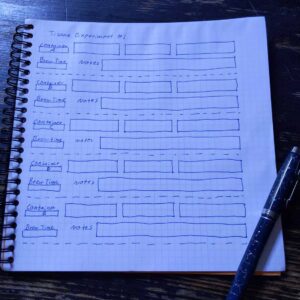
Devise an experimental plan
Plan for a few experimental containers brewing single ingredients and sets of ingredients. That way you’ll be able to taste the contributions from each ingredient, and make adjustments accordingly in future experiments.
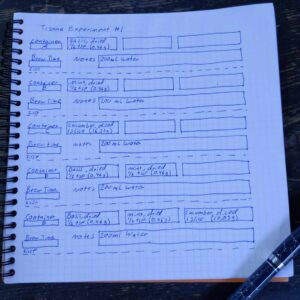
Make ingredients as uniform as possible
Good experiments that are reproducible work hard to eliminate variability in measurements. Try to ensure that your ingredients are close to the same size/shape, to create a consistent surface area between the ingredients.
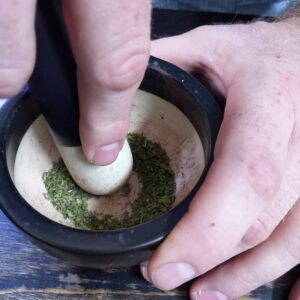
Obtain the volume of the ingredients, and the mass if possible
Measuring tisane ingredients by volume isn’t very accurate because it depends on the size/shape of the pieces (see the note on surface area above). However, if a kitchen scale is not available, volume is the next best way to measure your ingredients.
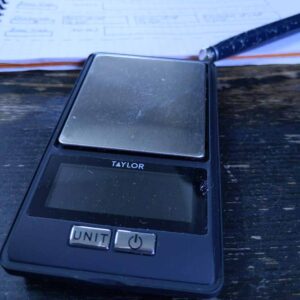
Assemble your experimental containers and label them
Using a number or letter labeling scheme allows you and your fellow taste testers to avoid bias as you assess the flavor combinations you created. Add the ingredients into the appropriate jar either directly, or using a tea bag.
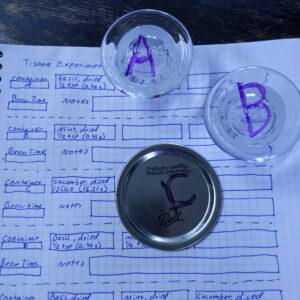
Fill the containers with an equal amount of water
Experiments depend on consistency to yield accurate results, and using different water levels in each of your experimental containers might change the flavor intensity of each relative to the others. Avoid this mis-step by brewing your experiments with equal amounts of water from the same source.
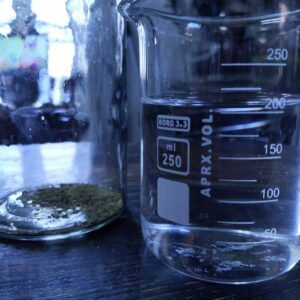
Refrigerate a cold-brewed tisane for 8-24 hours, or steep a hot tisane for 4 minutes
The experimental steeping time you choose isn’t critically relevant, but it is relevant that you use the same steeping time for each container.
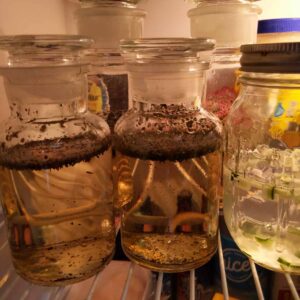
Strain and taste
This is the moment you were waiting for! Start with your control experiments and work your way toward the more complicated flavor blends. Take notes about what should change for each, and repeat these experiments until you isolate the flavor profile you want!
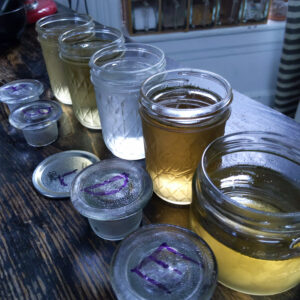
Tisanes may not be teas, but they can be just as complex and sophisticated. Join me in exploring this wonderful combination and science and food!
Science TidbitAbove I mentioned that Diabetics might be best served to avoid the consumption of fenugreek and grapefruit. Perhaps unsurprisingly, what we eat or drink can interact with prescription medications we may be taking. The fact that tisanes are made of herbs, leaves, fruits, and spices doesn’t automatically make them good for you. Be mindful of what you’re taking, and what you’re consuming!

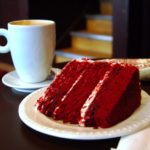 Previous Post
Previous Post